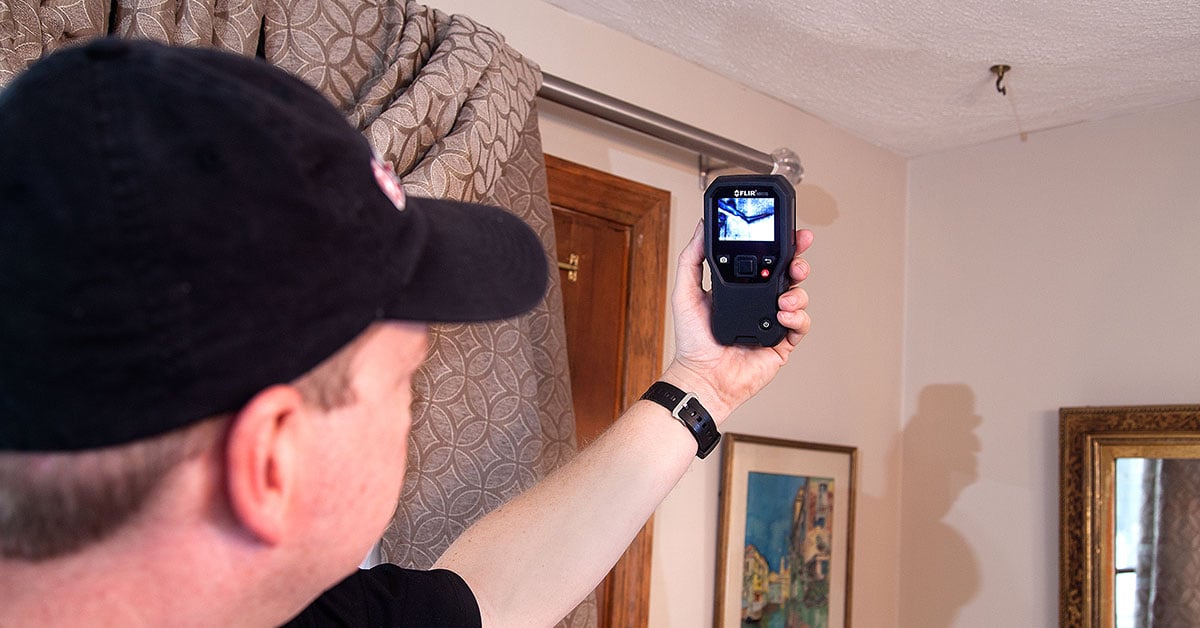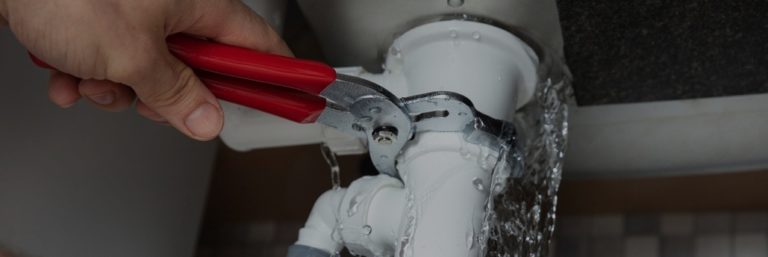Guide To Water Leak Detection At Home
Guide To Water Leak Detection At Home
Blog Article
Just how do you feel in regards to Hacks to detect leaks?

The minute you find a leakage, calling your plumber for repair services is the best remedy. Some small water leakages may not be visible. If you can not identify it with your nude eyes, below are some hacks that help.
Early detection of dripping water lines can mitigate a potential disaster. Besides conserving you money, it will lessen the aggravation as well as disappointment.
Inspect Water Usage
If you detect sudden changes, in spite of your intake being the exact same, it implies that you have leaks in your plumbing system. An abrupt spike in your bill suggests a fast-moving leak.
At the same time, a consistent boost every month, despite the very same practices, reveals you have a slow leakage that's additionally gradually rising. Call a plumber to extensively inspect your residential property, especially if you feel a warm location on your floor with piping below.
Check and also Evaluate the Circumstance
Homeowners ought to make it a behavior to check under the sink counters and also also inside cupboards for any type of bad odor or mold growth. These 2 warnings indicate a leak so punctual interest is called for. Doing routine inspections, also bi-annually, can conserve you from a major issue.
Examine the Water Meter
Every residence has a water meter. Examining it is a proven way that aids you find leaks. For beginners, shut off all the water sources. Guarantee no person will purge, utilize the tap, shower, run the washing equipment or dishwasher. From there, go to the meter as well as watch if it will transform. Considering that nobody is utilizing it, there need to be no activities. If it relocates, that shows a fast-moving leak. If you detect no modifications, wait an hour or 2 and examine back again. This suggests you may have a sluggish leakage that might even be underground.
Asses Outside Lines
Do not fail to remember to check your outside water lines also. Ought to water permeate out of the connection, you have a loosened rubber gasket. One tiny leakage can waste tons of water as well as spike your water expense.
Do a Food Coloring Examination
When it comes to water intake, 30% comes from bathrooms. If the color in some way infiltrates your dish throughout that time without flushing, there's a leakage between the tank and also dish.
If you know your house is currently old, keep a watchful eye on your heating units, tubes, pipes and so on. Look for discolorations as well as deteriorating as many home appliances and pipes have a life span. They will certainly likewise normally wear away because of tear and use. Do not wait for it to intensify if you think leaking water lines in your plumbing system. Call a professional plumber today so you don't end up with a terrible mess in your house.
The minute you locate a leakage, calling your plumber for fixings is the ideal option. Some small water leakages might not be noticeable. Examining it is a proven way that aids you discover leakages. One small leakage can waste lots of water and also surge your water costs.
If you suspect dripping water lines in your plumbing system, do not wait for it to rise.
WARNING SIGNS OF WATER LEAKAGE BEHIND THE WALL
PERSISTENT MUSTY ODORS
As water slowly drips from a leaky pipe inside the wall, flooring and sheetrock stay damp and develop an odor similar to wet cardboard. It generates a musty smell that can help you find hidden leaks.
MOLD IN UNUSUAL AREAS
Mold usually grows in wet areas like kitchens, baths and laundry rooms. If you spot the stuff on walls or baseboards in other rooms of the house, it’s a good indicator of undetected water leaks.
STAINS THAT GROW
When mold thrives around a leaky pipe, it sometimes takes hold on the inside surface of the affected wall. A growing stain on otherwise clean sheetrock is often your sign of a hidden plumbing problem.
PEELING OR BUBBLING WALLPAPER / PAINT
This clue is easy to miss in rooms that don’t get much use. When you see wallpaper separating along seams or paint bubbling or flaking off the wall, blame sheetrock that stays wet because of an undetected leak.
BUCKLED CEILINGS AND STAINED FLOORS
If ceilings or floors in bathrooms, kitchens or laundry areas develop structural problems, don’t rule out constant damp inside the walls. Wet sheetrock can affect adjacent framing, flooring and ceilings.
https://www.servicemasterbyzaba.com/blog/how-to-detect-water-leakage-in-walls/

I stumbled upon that blog posting on Top leak detection hacks when doing a lookup on the search engines. Don't hesitate to take the opportunity to distribute this article if you enjoyed reading it. Thanks a lot for taking the time to read it.
Report this page